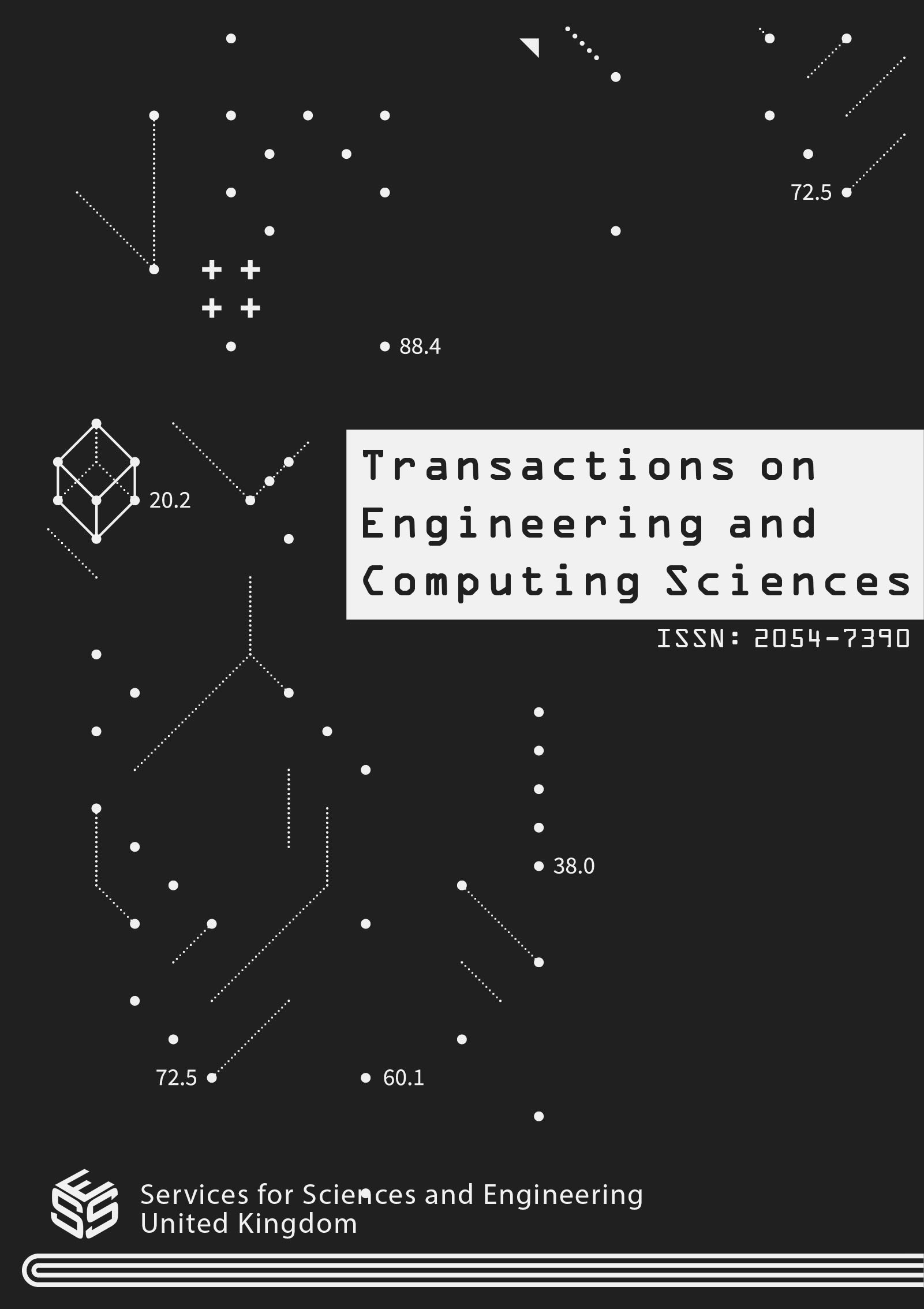Case Study: The Use of Concrete Prefabricated Prefinished Volumetric Construction (PPVC) For the World Tallest Two Blocks of 56-Storey Residential Towers in Singapore
DOI:
https://doi.org/10.14738/tecs.122.16501Keywords:
prefabricated prefinished volumetric construction, reinforced concrete composite structural wall systemAbstract
In an effort to minimize dependence on foreign labor and enhance productivity in the construction sector, Singapore's building industry is urged to adopt the Design for Manufacturing and Assembly (DfMA) approach, which shifts a significant portion of construction activities to an off-site, controlled manufacturing setting. The Prefabricated Prefinished Volumetric Construction (PPVC) method, a notable example of such technology, markedly reduces the need for on-site labor and accelerates construction processes. This paper discusses the pioneering use of a patented reinforced concrete composite structural wall system in erecting two 56-story residential towers, featuring an innovative approach where adjacent PPVC modules are connected by self-levelling concrete, resulting in a robust combined wall system. Through prototype testing, including compression and shear tests, the effectiveness of this system under various stresses was confirmed, making this development a landmark in the use of reinforced concrete modular construction for high-rise residential buildings. The project saw the final PPVC module installed in January 2022, leading to a Temporary Occupation Permit by March 2023.
Downloads
Published
How to Cite
Issue
Section
License
Copyright (c) 2024 Wong, Seng, Heng, Kim Huat, Maey, Leow Geok Mui, Tan, Teng Hooi

This work is licensed under a Creative Commons Attribution 4.0 International License.






